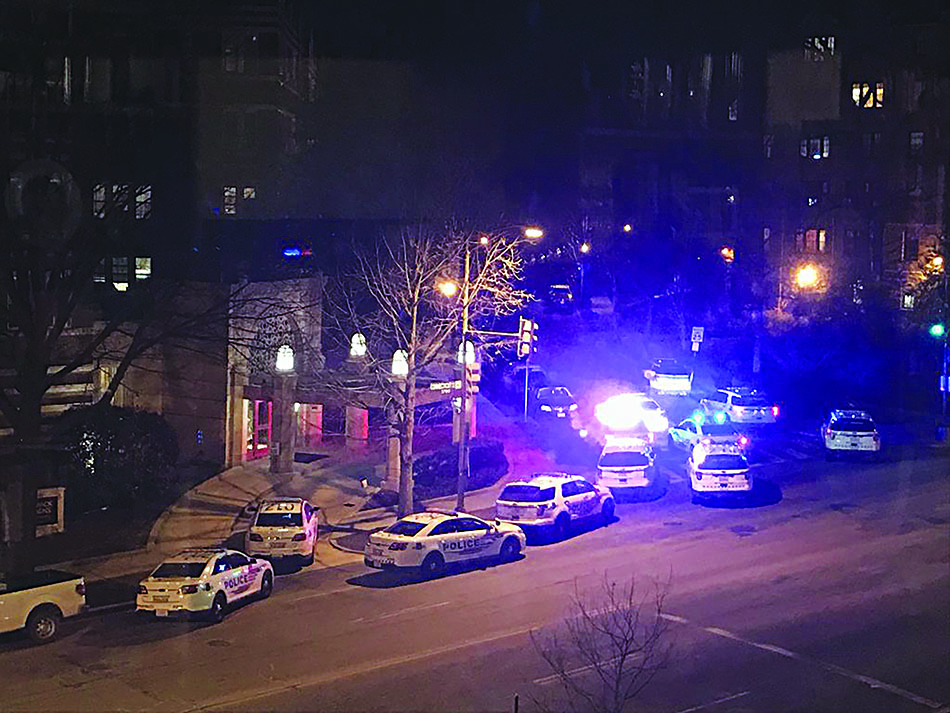
Sedgwick Gardens is a historic landmark in a high-priced neighborhood in northwest Washington, D.C., the Washington Post reported. But in the past two years, it has also come to play home to a number of formerly homeless people, many of whom may not have been pushed into housing before exposure to treatment as part of the District’s “housing first” approach to policy.
It is standard practice, according to the Post, for D.C.’s government to require that residential buildings be mixed income, i.e. afford the opportunity for lower-earning people to live there.

“But the situation at Sedgwick Gardens is different,” the Post explained. “Many of the new tenants are previously homeless men and women who came directly from shelters or the streets, some still struggling with severe behavioral problems.”
The pushing of formerly homeless people into housing prior to access to drug treatment or psychological care is part of the “housing first” approach to homelessness assistance, which argues that housing is itself a kind of care, and so people should always be provided with housing as soon as possible.
Motivated by this philosophy, in late 2016 the D.C. Housing Authority substantially increased the payout level of the housing vouchers it makes available to low-income residents. Under the vouchers, residents pay 30 percent of their income toward rent, while the city pays the rent. In 2016, the maximum rent subsidy was raised to 175 percent of fair market rent, raising the subsidy for a one-bedroom apartment to $2,648 per month.
This figure was well beyond the rent for upscale locales like Sedgwick Gardens, where a one-bedroom will run about $2,200 per month. As such, a number of voucher-eligible individuals, many of whom were coming out of homelessness, were moved into the apartments.
The neighborhood itself is quite liberal—the Post notes that 95 percent of voters there opposed President Donald Trump in 2016—but the results of the move-in were what the Post describes as “a high-stakes social experiment that so far has left few of its subjects happy.”
That experiment has led to a tripling of police calls to the complex, rising to 121 in 2018 compared to 34 in 2016. Only five of the 2018 calls actually were eventually linked to a crime. But they also were prompted by other harrowing situations, including a man barricading himself in his apartment and threatening to shoot police with a shotgun if they intruded; and another man found to have died from using drugs laced with the deadly synthetic opioid fentanyl.
These two events are the most extreme examples of a general coarsening of the environment. Tenants have complained of panhandling in the halls, the smell of marijuana in the hallways, and feces on the landing of the stairwells.
Lorraine Starks, a formerly homeless woman who moved into Sedgwick Gardens thanks to the program, sees it as an example of a few bad apples causing trouble for everyone else. In her view, the city failed to screen a number of new residents, who now “are trying to turn it into a ghetto.”
“It’s not about the voucher program. It’s not about racism. It’s about people’s conduct and behavior,” Starks told the Post.
Excerpt Charles Fain Lehman, Free Beacon












